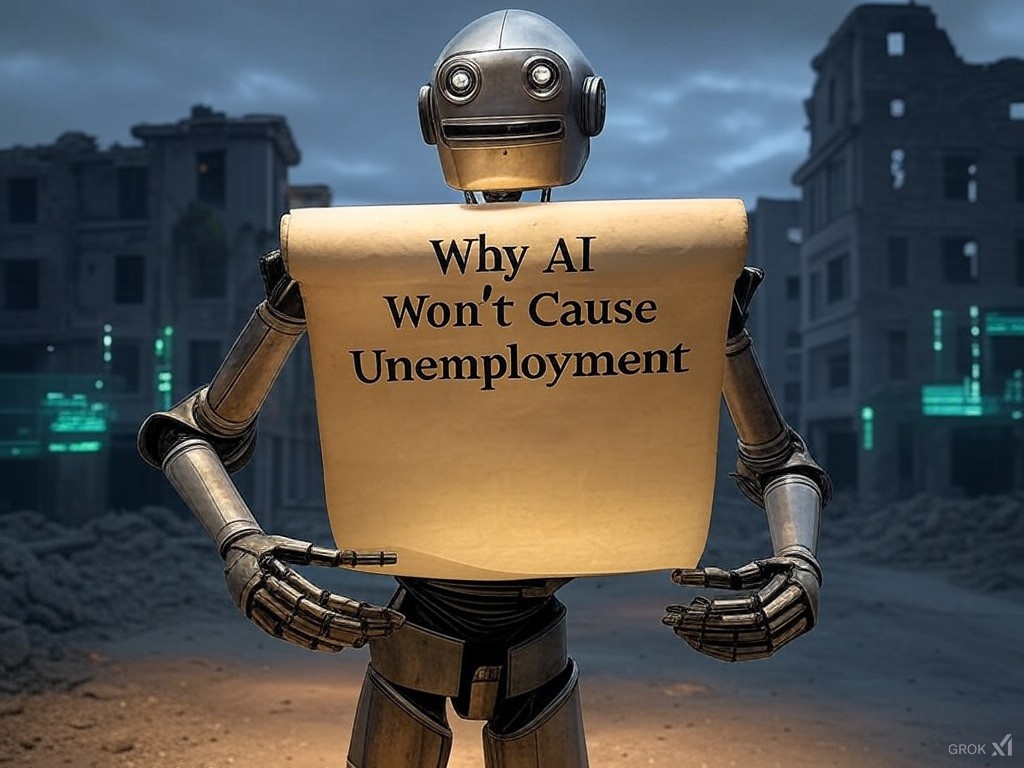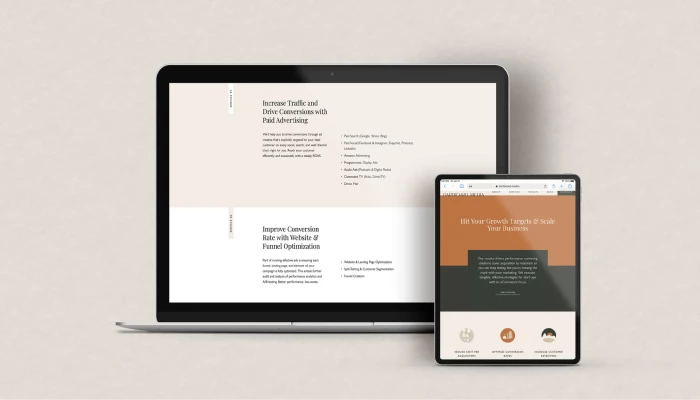Fears of new technology causing widespread unemployment have persisted for centuries in industrialized societies, even as jobs and wages have generally increased. The "jobs apocalypse" always seems imminent; just recall the Luddites.
 We've seen two significant technology-related job panics in the past two decades: the "outsourcing" scare of the 2000s due to the internet, and the "robot" panic of the 2010s. Yet, pre-COVID 2019 saw one of the best global economies ever, with unprecedented job numbers and wage levels.
We've seen two significant technology-related job panics in the past two decades: the "outsourcing" scare of the 2000s due to the internet, and the "robot" panic of the 2010s. Yet, pre-COVID 2019 saw one of the best global economies ever, with unprecedented job numbers and wage levels.
Now, we're facing a third panic with AI, alongside calls for Universal Basic Income inspired by Communist ideologies. Critics argue, "This time it's different; AI is different," but is that really true?
Typically, I'd counter with classic arguments against tech-driven unemployment, referencing works like Henry Hazlitt's Chapter 7 or Frédéric Bastiat's relevant metaphors. However, I believe even these arguments might not be necessary because there's a more immediate barrier to AI's widespread adoption.
AI is already illegal for most economic sectors and likely to become so for nearly all:
How can I make such a claim? Because technology is already heavily restricted across major parts of the economy, and this trend is intensifying.
 Consider the evidence from a chart showing price changes, adjusted for inflation, in various sectors:
Consider the evidence from a chart showing price changes, adjusted for inflation, in various sectors:
- Blue lines represent sectors where technology drives down prices and improves quality.
- Red lines indicate sectors where technology isn't allowed to reduce prices; instead, costs in education, healthcare, and housing skyrocket, despite little technological advancement.
We're entering an era where a wall-sized flat-screen TV might cost $100, while a four-year college degree could reach $1 million, with no systemic solution in sight.
 In contrast, sectors in blue, which are less regulated, experience rapid technological advancements that lower costs and enhance quality.
In contrast, sectors in blue, which are less regulated, experience rapid technological advancements that lower costs and enhance quality.
There's a clear emotional divide: consumers are frustrated by rising prices in regulated sectors, while producers fear technological disruption in less regulated ones. However, as this chart illustrates, you can't have both benefits simultaneously.
As regulated sectors' prices rise and unregulated sectors' prices fall, the former increasingly dominate the economy. If this continues, nearly all economic activity will fall under stringent regulation, making widespread AI application and its feared unemployment impact unlikely.
Also:
The AI Hype is Subsiding, But Costs Are Rising
The Cryptocurrencies, Meme Coins, and the "Dead Cat Bounce" Phenomenon in 2025







